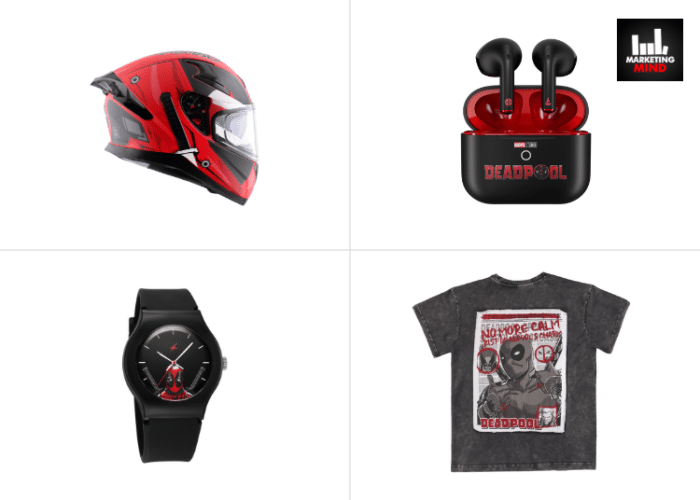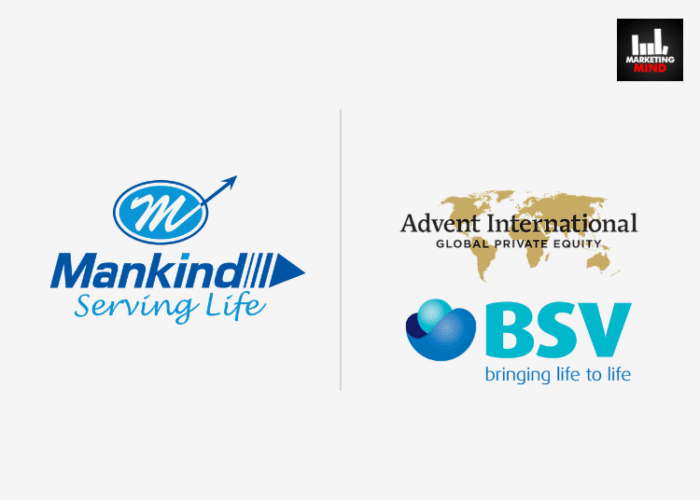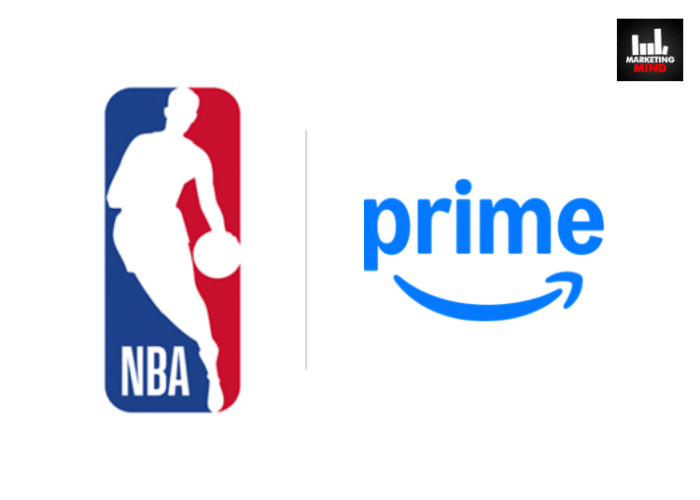Have you ever thought why certain brands are consistent with specific colors in their logos, packaging, and advertisements? Is it just about aesthetics, or is there a deeper strategy at play?
While Holi is still far away, the world of advertising is always full of colors. What role do they play in influencing the customers? The psychology of color in marketing is one interesting study that tells us about how different hues can influence consumer behavior, evoke emotions, and even drive purchasing decisions. Let’s see and understand why it matters more than we think.
Most Dominant Colors in Marketing & Why?
Colors play a significant role in the A&M industry, with each shade communicating a unique message and emotion. For instance,
- Red is equated with energy, passion, and urgency, often used in clearance sales and food industry branding to intensify appetite and catch attention.
- Blue, representing trust, security, and stability, is a favorite among banks, tech companies, and healthcare providers. Thought of TATA & Meta together? Well, happens!

- Green is associated with health, tranquility, and nature, making it a go-to for organic and eco-friendly products. With the globe on a sustainable ride, there is just Green Green Everywhere.
- Lastly, Purple symbolizes luxury, creativity, and wisdom, often used by beauty and anti-aging brands. Did you also think of Cadbury & now have a craving? How ‘bout grabbing a piece & continue reading ahead!
Indian Brands Making the Best Use of this Color Game
If you are marketing your brand in India, a diverse land, you gotta be sure that everything hits right with the audience. Here are some companies that are pro at this game:
- Tata: The deep blue in Tata’s logo conveys reliability and trust, resonating with its diverse conglomerate from IT services to consumer goods, aligning with its image of stability and integrity. Once you spot the logo on any product, you are assured of the quality instantly. Such is the magic!
- Reliance Jio: The vibrant red and blue logo symbolizes energy, trust, and technological innovation, appealing to the youth and reflecting its mission to revolutionize telecommunications in India. If your family doesn’t have at least two Jio Sims, are you even Indian?
- Patanjali: Green dominates Patanjali’s branding, emphasizing its commitment to natural and ayurvedic products. This color choice aligns perfectly with its health-conscious and eco-friendly consumer base. Baba Ramdev balances well between his Yoga & Dhanda!
- Amul: The white and red in Amul’s logo stands for purity and passion, respectively, effectively communicating its dairy brand’s commitment to quality and its deep-rooted connection with Indian households.
So, Why are Brands Now Switching to Monochrome?
In the market full of colors, B&W are also getting popular. As said, once you go black, there is no coming back! The shift towards monochrome branding is becoming increasingly popular among modern brands seeking a minimalist, sophisticated, and versatile identity.
- Uber revamped its logo to a simple black and white, emphasizing ease of use and a seamless experience, reflecting its global presence and the straightforward nature of its services.
- Cred, a fintech startup, uses a monochrome scheme to highlight its sleek, premium, and tech-savvy platform, appealing to a sophisticated audience looking for a clutter-free financial service experience.
- Urban Company, formerly UrbanClap, also adopted a b&w logo, evolving into a mature brand focused on simplicity and efficiency in home services.
Conclusion
The strategic use of color in marketing goes beyond mere decoration; it’s a powerful tool that can influence perception, convey brand values, and even affect consumer behavior. Indian brands, both established and emerging, are skillfully playing the color game, using various shades to communicate with their audience, evoke desired emotions, and stand out against the competitors.
This change of colors also tells about the evolving consumer base & change in their preferences. As brands continue to to shade themselves according to consumer psychology, the thoughtful use will remain a key element in crafting amazing narratives and building lasting connections with audiences.













